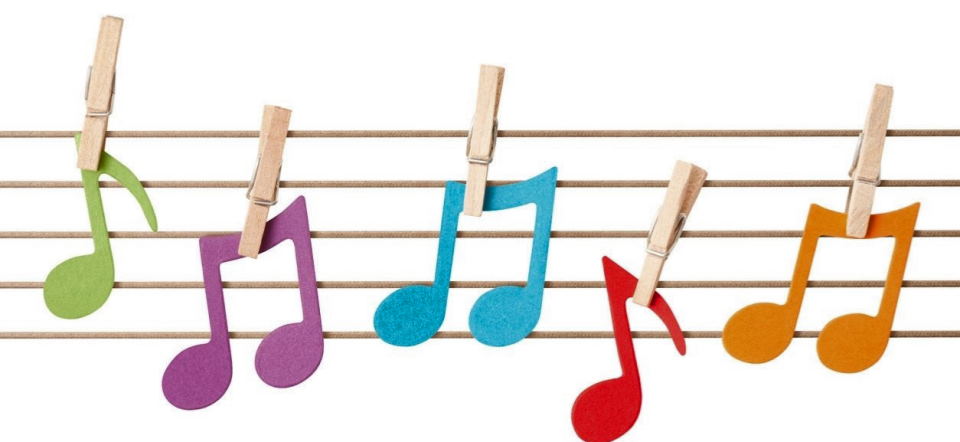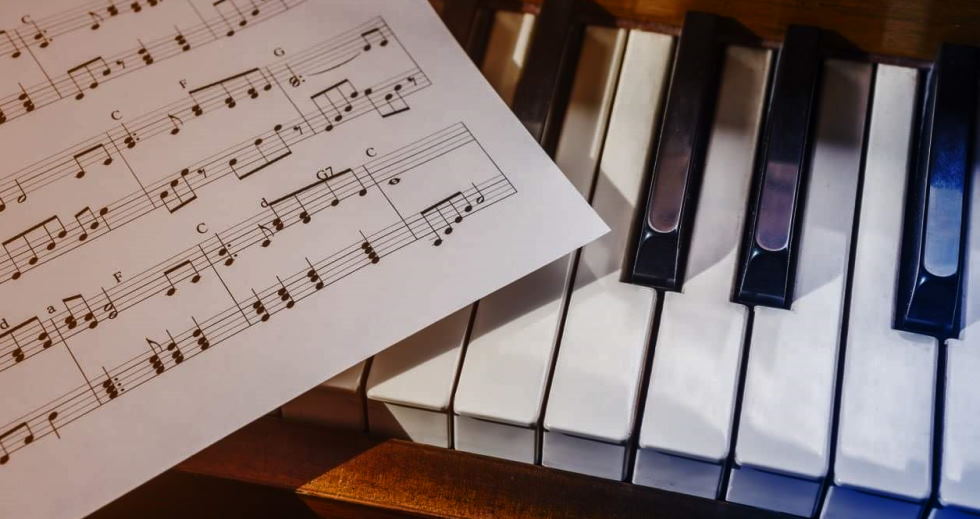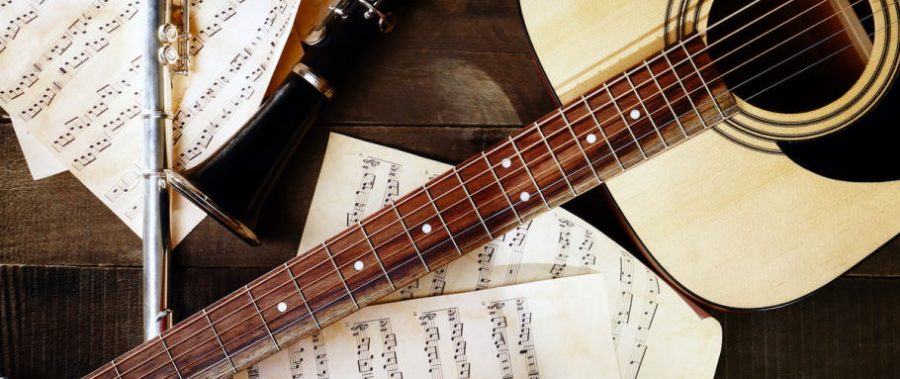In order to discuss and analyze the elements of music, it is important first to understand what tone the discussion or analysis should have. A professional tone is often helpful when discussing such complex and subjective topics. This guide will overview the basics needed to describe music using musical terminology. It will then delve into each element of music in more detail. By understanding each element, you will be able to communicate your thoughts about music with greater precision and insight. So sit back, relax, and let’s get started exploring the wonderful world of music!
How to describe a song: a guide for musicians and writers
When you listen to music, you might find yourself drawn to certain tracks or artists because of the way they make you feel. Music can be an emotional experience, and the ability to communicate those feelings is an important part of being a music fan.
But what if you want to go beyond simply saying that you like or don’t like a piece of music? What if you want to be able to discuss and analyze the elements of music that make it exciting and enjoyable?

The guide to describing music will help you do just that. We’ll cover the basics of musical composition, including melody, harmony, rhythm, and dynamics. We’ll also talk about how to listen to these elements in music and how they can affect your experience of a track.
When you’re talking about music with others, it’s important to describe what you’re hearing clearly and concisely. Otherwise, it can be difficult to communicate your thoughts and ideas about the music.
The elements of music are the basic building blocks used to create a piece of music. By understanding and being able to describe these elements, you’ll have a much better understanding of the music itself.
Here are some of the most important elements of music:
Pitch: This is how high or low a note sounds. Notes that are higher in pitch sound higher than those lower in pitch.
Rhythm: This is the timing of the notes in a piece of music. It’s what gives music its flow and helps to keep the beat.
Tempo: This is the speed of the piece of music and is usually measured in beats per minute (bpm). Faster pieces of music have a higher tempo, while slower pieces have a lower tempo.
Dynamics: This is how loud or soft a piece of music is. A piece can be played at different dynamics, from very soft (pianissimo) to very loud (fortissimo).
Texture: This refers to the overall thickness or thinness of the sound in a piece of music. A piece with many layers of sound (such as a symphony orchestra) has a thick texture, while a piece with only a few layers (such as a solo piano) has a thin texture.
Harmony: This is the combination of two or more pitches sounded together. When these pitches are combined in a pleasing way, it’s called chords.

Melody: This is a sequence of notes that create a tune. The melody is often the most memorable part of a piece of music.
Timbre: This is the unique “color” or “tone” of a particular instrument or voice. For example, it allows you to tell the difference between a saxophone and a trumpet.
Instrumentation: This refers to the types of instruments used in a piece of music. A piece for a symphony orchestra will have different instrumentation than a piece for solo piano.
How to describe the sound of a musical instrument
When you are asked to describe the sound of a musical instrument, there are a few things you can do to help you accurately convey what you are hearing. First, pay attention to the overall tone of the instrument. Is it light and airy, or dark and rich? Next, listen for any unique timbres or textures that the instrument produces. Finally, think about how the instrument’s sound changes as it is played at different volumes or speeds. By considering all of these elements, you should be able to provide a well-rounded description of the instrument’s sound.






